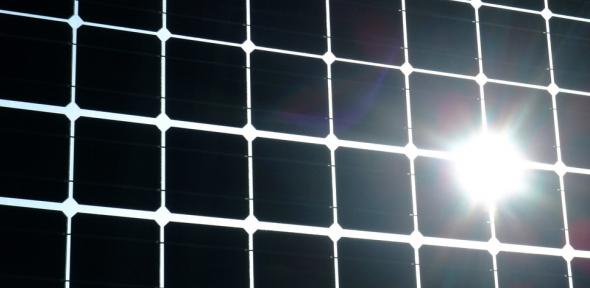Perovskite solar cells could ultimately push to a maximum conversion efficiency of approximately 30%, from around 20% at present. This is one of the main conclusions of a study carried out by an international research team from the University of Cambridge and Italy’s Politecnico di Milano, which was published in the scientific magazine Nature.
The research was designed to determine how long electrons produced by perovskite solar cells retain their highest possible levels of energy. In particular, the scientists wanted to understand if so-called “hot” electrons, which retain their speed prior to collision with other electrons, hold the potential to produce more charge.
“Imagine if you had a pool table and each ball was moving at the same speed,” said Johannes Richter, a PhD student and the paper’s lead author. “After a certain amount of time, they are going to hit each other, which causes them to slow down and change direction. We wanted to know how long we have to extract the electrons before this happens.”
The research team used a two-dimensional spectroscopy to pump light from two lasers onto samples of lead iodide perovskite cells to simulate sunlight. Then they used a third “probe” laser to measure the amount of light that was absorbed. The researchers claim that, through this method, they were able to establish the amount of time that is available to extract electrons while they are still “hot.”
The authors of the study concluded that electron collision events started to happen between 10 and 100 femtoseconds after light was initially absorbed by the cell. “To maximize energy efficiency, the electrons would thus need to reach the electrode in as little as 10 quadrillionths of a second,” the research team said.
“The timescale that we calculated is now the time limit that we have to operate within if we want to create super-efficient, hot carrier solar devices. We would need to get electrons out before this tiny amount of time elapses,” said Richter.
This content is protected by copyright and may not be reused. If you want to cooperate with us and would like to reuse some of our content, please contact: editors@pv-magazine.com.




I would like to see a environmentally stable cell even with 15% efficiency.
Why do humans have to add lead to everything? We know it’s toxic, yet we keep making 1000’s of products with lead that could be made without it. When the world phased out leaded gas, the world’s collective IQ increased about 5 points. You cannot handle lead without “refugee” emissions. The leaded battery industry recycling emits tons of lead into the air and water even with the best recycling methods.